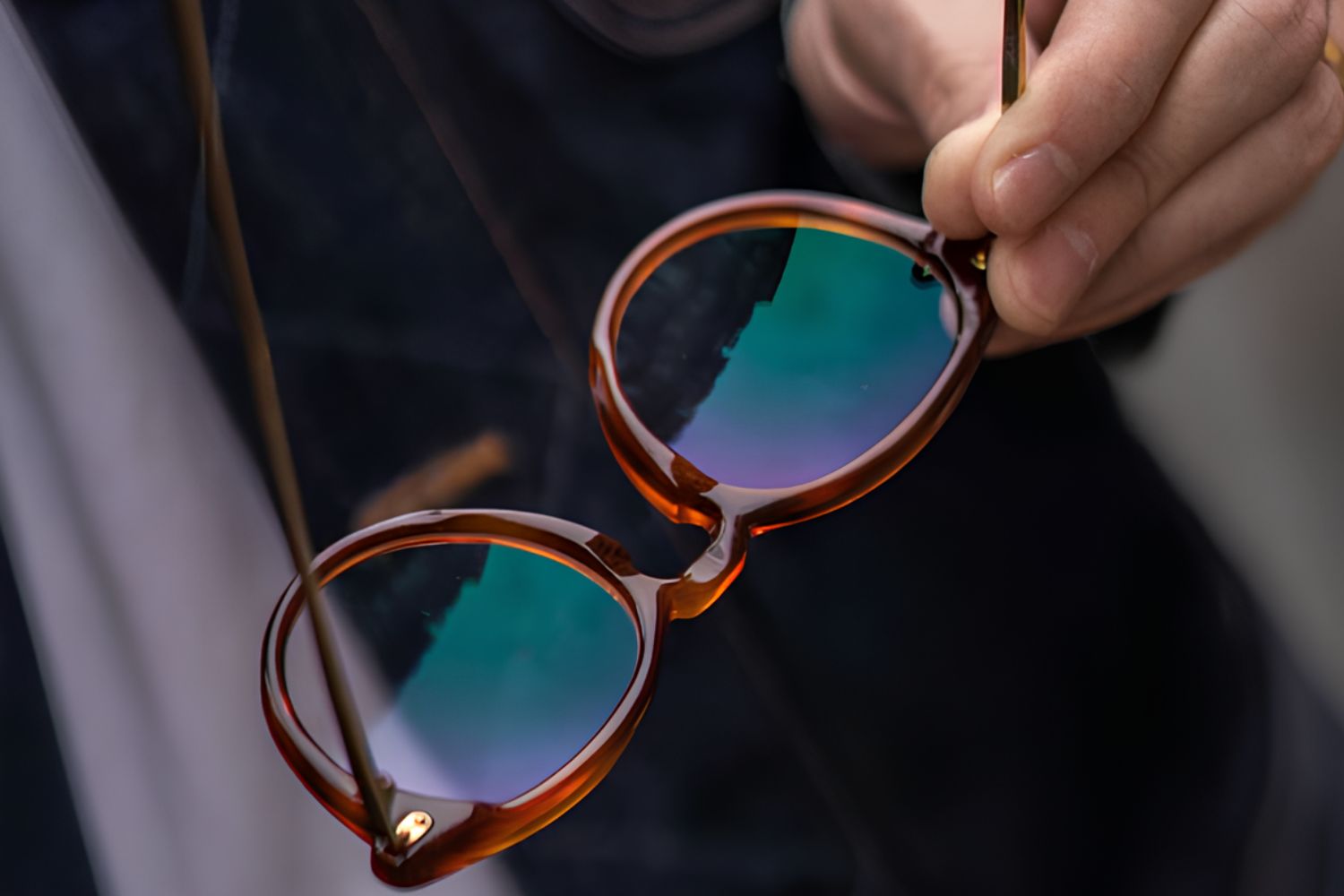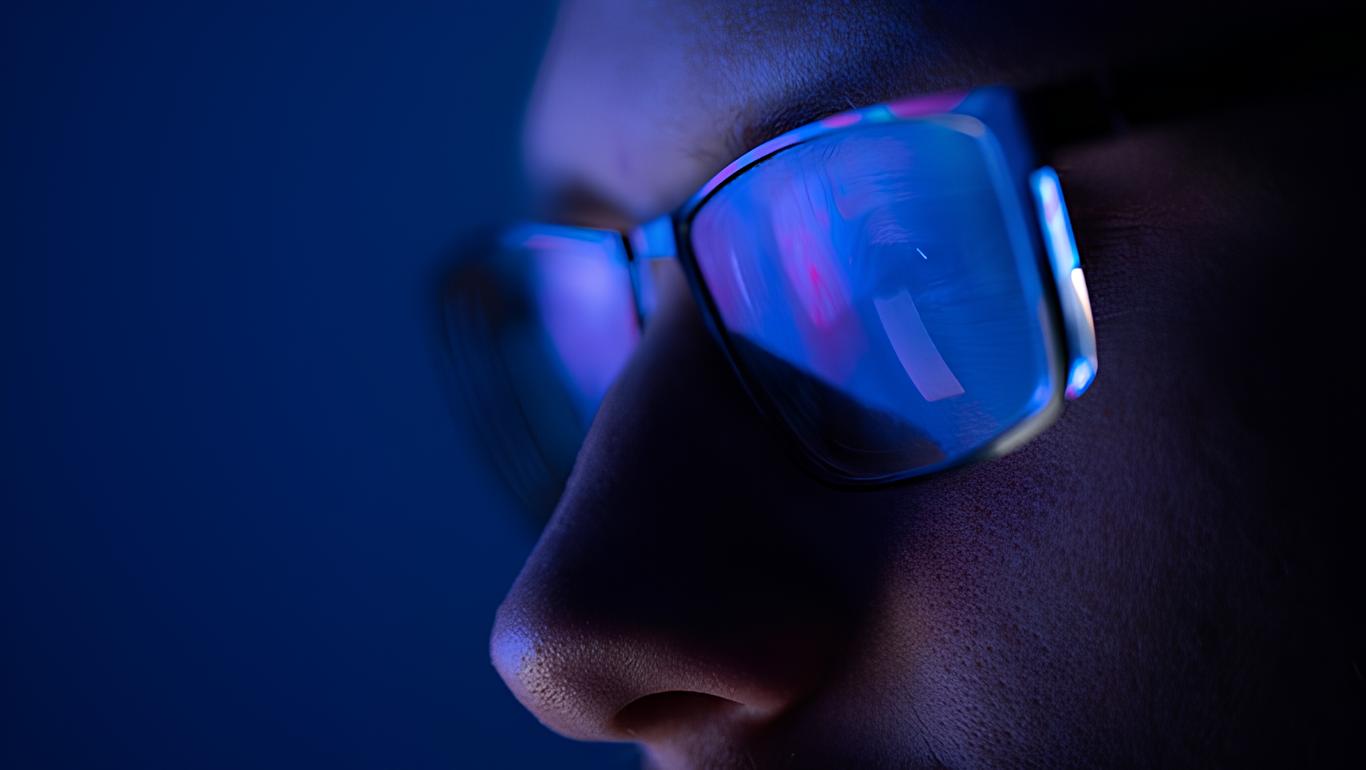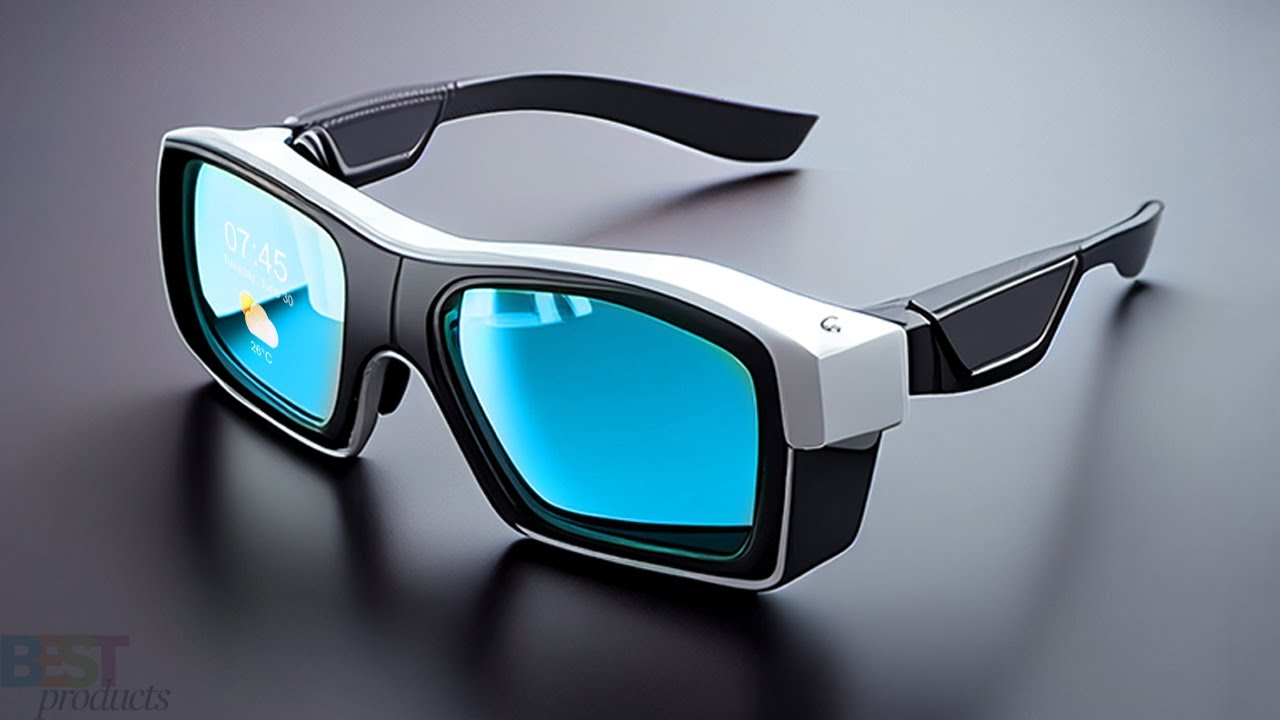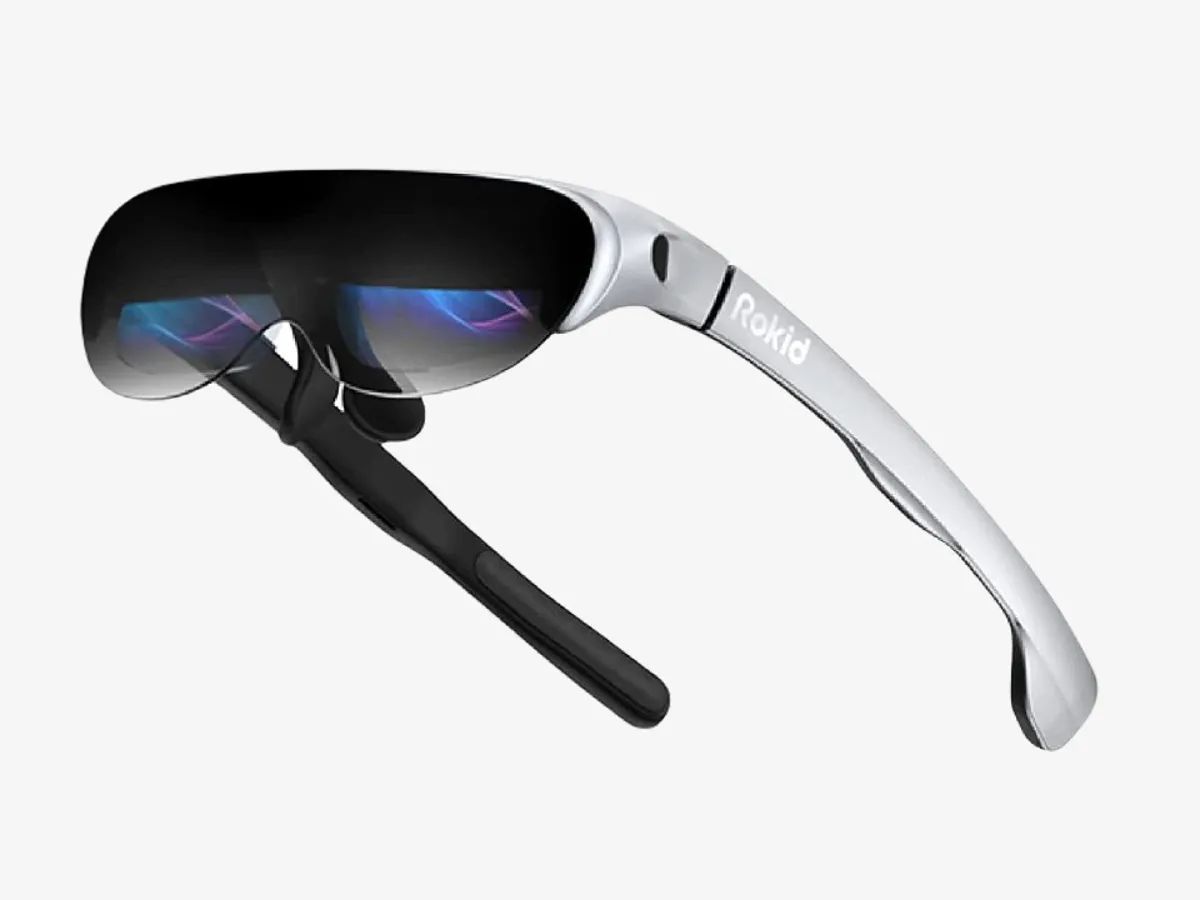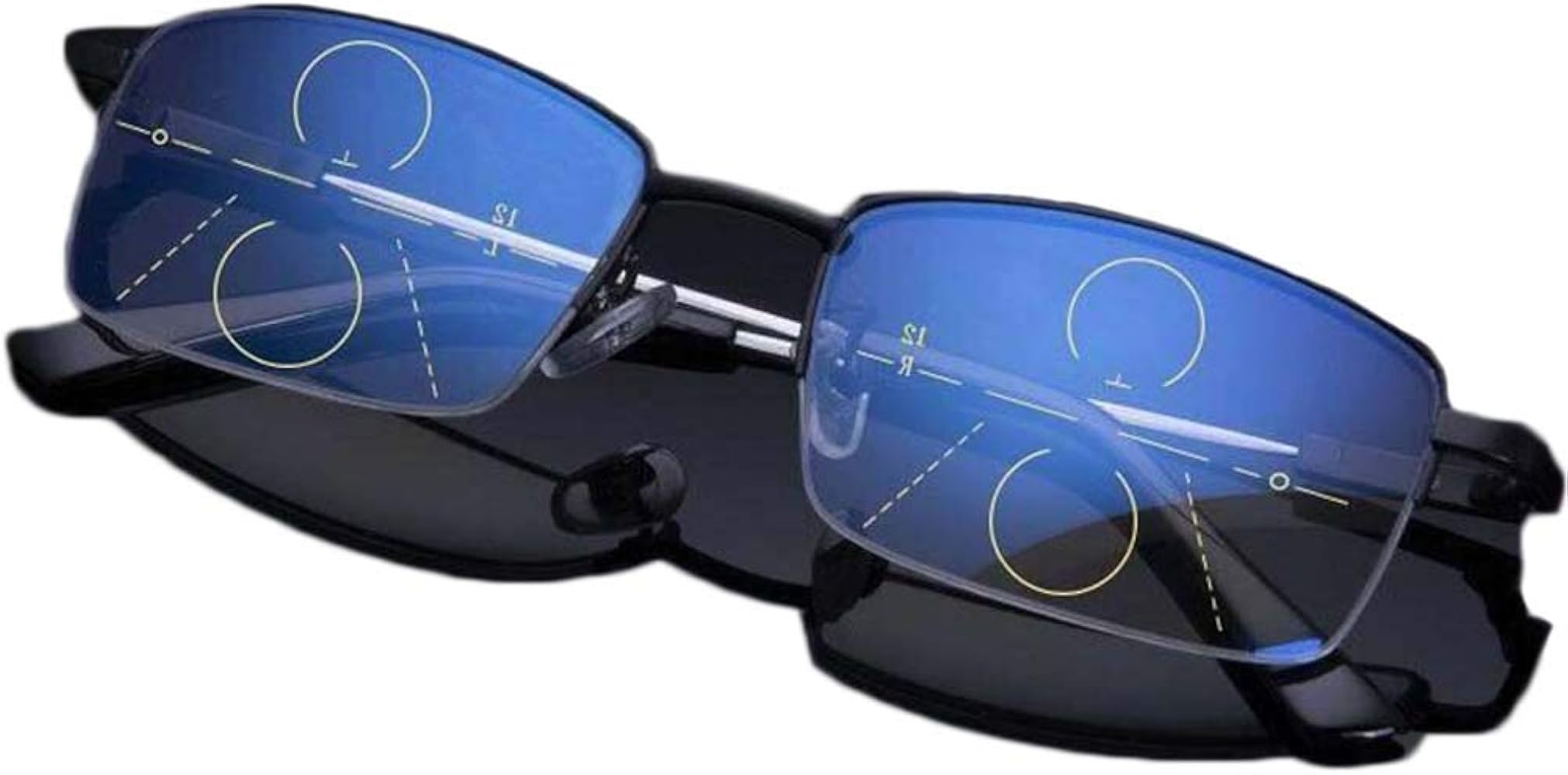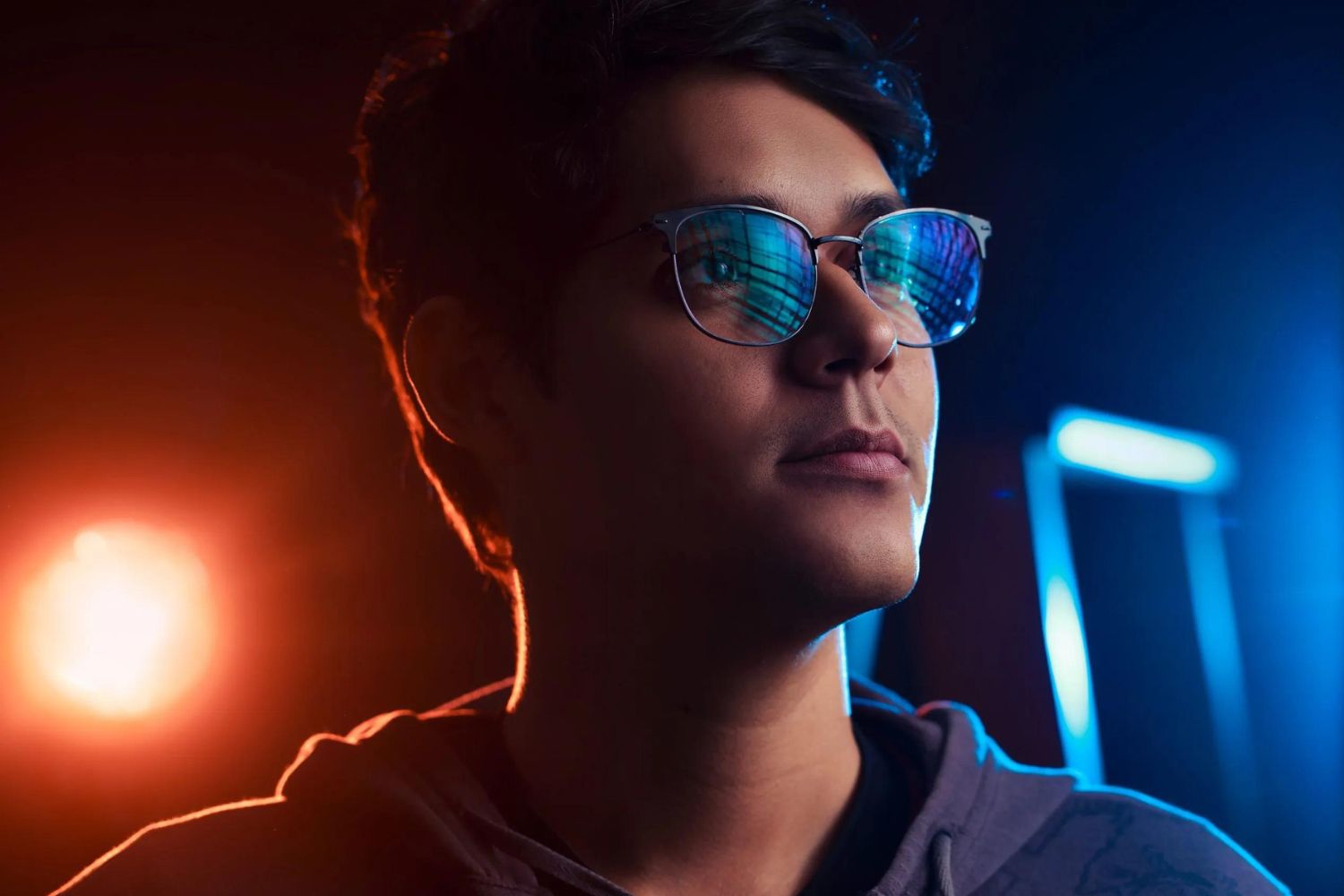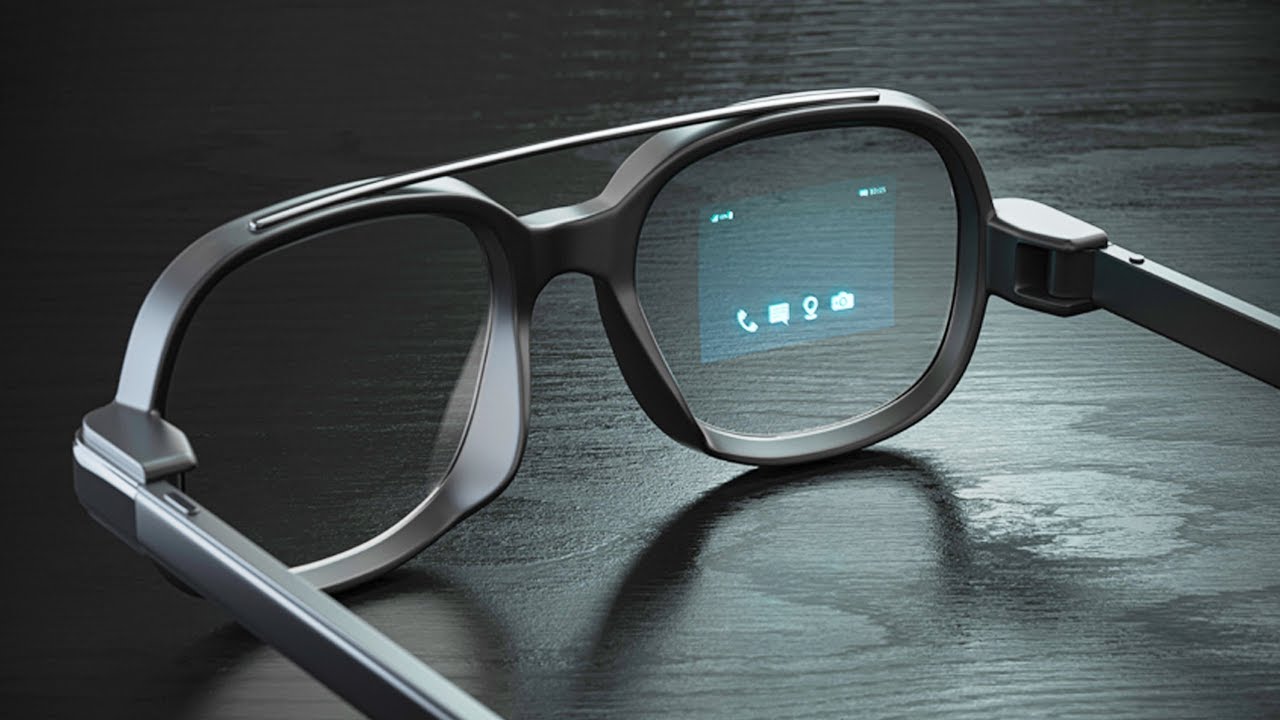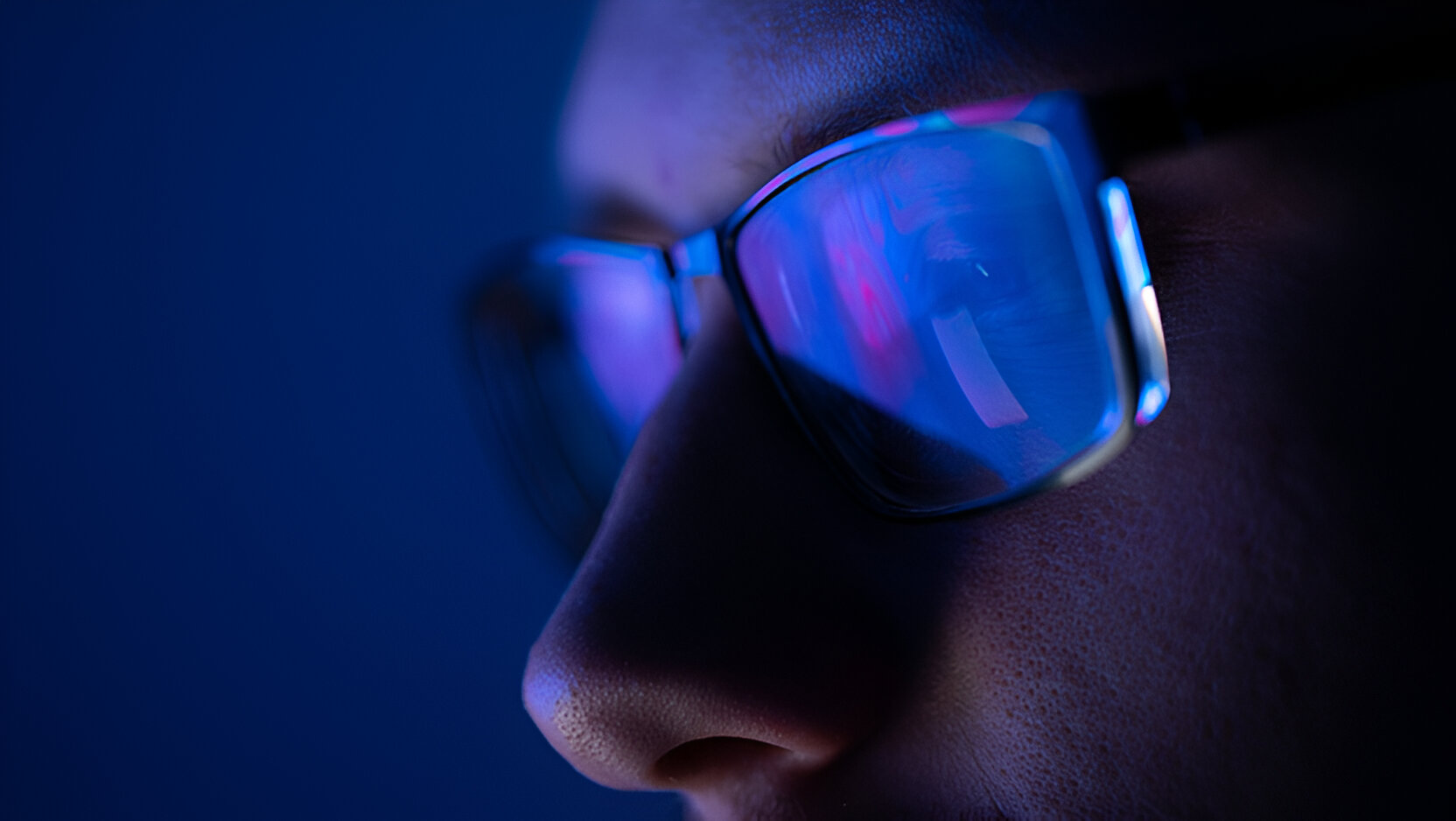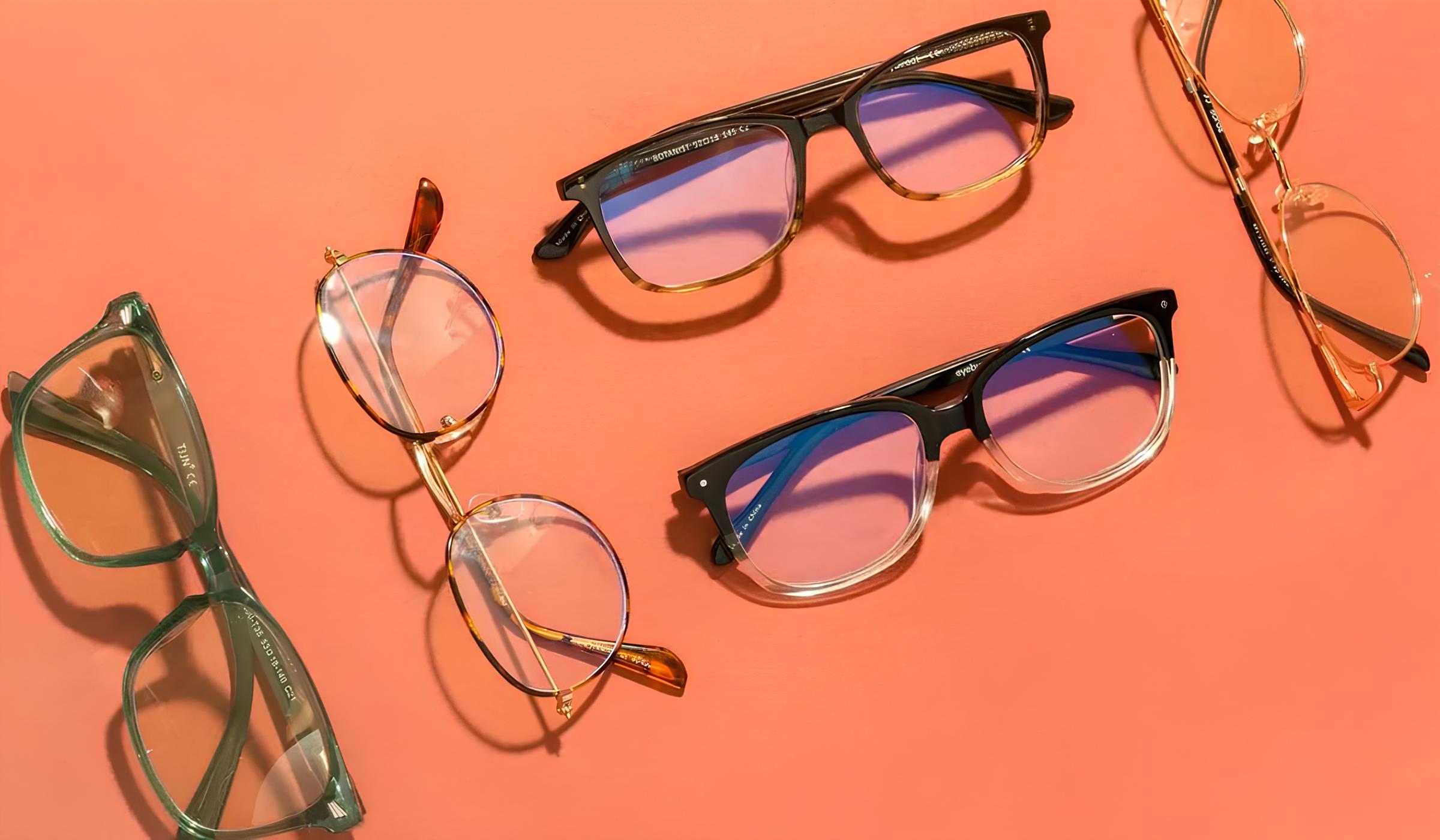Introduction
In today's digital age, the pervasive use of electronic devices such as smartphones, tablets, and computers has become an integral part of our daily lives. While these technological advancements have undoubtedly improved our productivity and connectivity, they have also exposed us to a significant amount of blue light, which can have adverse effects on our eyes and overall well-being. As a result, the demand for blue light blocking glasses has surged, with consumers seeking ways to mitigate the potential negative impact of prolonged screen time.
Blue light blocking glasses are designed to filter out or block a portion of the blue light emitted by digital screens, thereby reducing eye strain, improving sleep quality, and protecting long-term eye health. Given the plethora of options available in the market, it is crucial for consumers to understand the key features to consider when purchasing these glasses. By making informed decisions, individuals can effectively safeguard their eyesight and enhance their visual comfort during extended screen use.
Understanding the fundamental aspects of blue light blocking glasses, such as the technology used, lens material, frame style and fit, UV protection, durability, quality, and pricing, is essential for selecting the most suitable pair. Each of these elements plays a vital role in determining the overall performance and effectiveness of the glasses in minimizing the potential harmful effects of blue light exposure.
In this comprehensive shopping guide, we will delve into the critical factors to consider when choosing blue light blocking glasses. By exploring each feature in detail, consumers will gain valuable insights that will enable them to make well-informed decisions and select the most suitable pair of glasses to meet their specific needs and preferences. Whether you are a frequent digital device user, a professional who spends extended hours in front of a computer, or simply someone who values eye health, this guide will equip you with the knowledge necessary to navigate the market and select the best blue light blocking glasses for your individual requirements.
Blue Light Blocking Technology
Blue light blocking technology is the cornerstone of blue light blocking glasses, as it directly influences their ability to mitigate the potential adverse effects of blue light exposure. The primary function of this technology is to selectively filter out or block a portion of the high-energy visible (HEV) blue light emitted by digital screens, LED lighting, and other sources, while allowing beneficial light to pass through. By doing so, these glasses aim to reduce eye strain, improve visual comfort, and minimize the disruption of circadian rhythms caused by prolonged screen time.
The effectiveness of blue light blocking technology is determined by the specific wavelengths of blue light that it targets. Ideally, the glasses should target the most harmful blue light wavelengths, typically in the range of 400 to 450 nanometers, while allowing the transmission of essential wavelengths, such as those in the green and red spectrum. This selective filtration process is crucial in preserving color perception and maintaining optimal visual acuity, ensuring that users can engage in screen-based activities without compromising their visual experience.
When evaluating blue light blocking glasses, it is essential to consider the level of protection offered by the technology. Some glasses may provide basic blue light filtering, while others incorporate advanced coatings or materials that offer superior protection against a broader range of blue light wavelengths. Additionally, the transparency of the lenses and the degree of color distortion introduced by the filtering process should be taken into account, as these factors can impact the overall visual clarity and comfort provided by the glasses.
Furthermore, the quality and reliability of the blue light blocking technology used in the glasses should be assessed. Reputable brands often invest in research and development to optimize their blue light filtering solutions, ensuring that the glasses deliver consistent and reliable performance. By choosing glasses with proven blue light blocking technology, consumers can have confidence in their ability to effectively reduce eye strain and minimize the potential long-term consequences of blue light exposure.
In essence, the blue light blocking technology integrated into these glasses serves as the first line of defense against the detrimental effects of prolonged screen time. By understanding the intricacies of this technology and its impact on visual comfort and eye health, consumers can make informed decisions when selecting blue light blocking glasses that best align with their specific needs and preferences.
Lens Material
The lens material is a crucial aspect to consider when evaluating blue light blocking glasses, as it directly influences the optical performance, durability, and overall quality of the eyewear. Different lens materials offer varying levels of clarity, impact resistance, and visual enhancement, making it essential for consumers to understand the characteristics of each option before making a purchase decision.
Polycarbonate, a popular choice for blue light blocking glasses, is known for its exceptional durability and impact resistance. This lightweight material provides reliable protection against potential impacts or scratches, making it ideal for individuals with an active lifestyle or those seeking long-lasting eyewear. Moreover, polycarbonate lenses are inherently thin and lightweight, offering enhanced comfort for extended wear.
Another commonly used lens material is Trivex, which shares similar attributes to polycarbonate in terms of impact resistance and lightweight construction. However, Trivex lenses are renowned for their superior optical clarity and ability to deliver precise vision correction. This makes Trivex an excellent choice for individuals with higher prescription requirements, as it ensures minimal distortion and optimal visual acuity.
For those seeking enhanced visual comfort and reduced eye strain, lenses with a blue light blocking coating or embedded filtering technology are highly recommended. These specialized coatings or materials are designed to selectively filter out harmful blue light wavelengths while allowing essential light to pass through, thereby reducing eye fatigue and improving visual contrast. When combined with durable and lightweight lens materials such as polycarbonate or Trivex, blue light blocking coatings can effectively enhance the overall performance and protective capabilities of the glasses.
Additionally, consumers may encounter options featuring photochromic or transition lenses, which adapt to varying light conditions by automatically adjusting their tint. This versatility makes them suitable for individuals who frequently transition between indoor and outdoor environments, providing continuous protection against blue light exposure regardless of the surrounding illumination.
When selecting blue light blocking glasses, it is essential to assess the specific lens material and its compatibility with the intended usage and individual preferences. By understanding the unique characteristics and benefits of different lens materials, consumers can make informed decisions that prioritize visual comfort, optical performance, and long-term durability, ultimately ensuring an optimal experience with their chosen eyewear.
Frame Style and Fit
The frame style and fit of blue light blocking glasses play a pivotal role in not only enhancing the aesthetic appeal of the eyewear but also ensuring optimal comfort and functionality for the wearer. When considering the frame style, individuals are presented with a diverse range of options, each offering unique design elements and visual characteristics. From classic rectangular frames to trendy round or cat-eye shapes, the variety of styles cater to different fashion preferences and personal tastes.
In addition to aesthetics, the frame style must complement the wearer's facial features and head size, creating a harmonious balance that accentuates their natural contours. For instance, individuals with angular facial features may find that rounded frames soften their appearance, while those with softer features may opt for angular frames to add definition. Furthermore, the color and material of the frame contribute to the overall style, allowing individuals to express their personality and fashion sensibilities through their choice of eyewear.
Equally important is the fit of the frames, which significantly impacts the comfort and usability of the glasses. A proper fit ensures that the glasses remain securely positioned on the wearer's face without causing discomfort or slippage during prolonged use. Adjustable nose pads, flexible temple arms, and lightweight materials all contribute to a customized and comfortable fit, accommodating a wide range of head shapes and sizes.
Moreover, the weight of the frames influences the overall wearing experience, with lightweight materials such as titanium and acetate offering enhanced comfort for extended wear. Individuals who prioritize durability may opt for stainless steel frames, which provide robustness without compromising on style and comfort.
When assessing the frame style and fit of blue light blocking glasses, it is essential to consider the intended usage and lifestyle of the wearer. For individuals who lead active lifestyles or engage in sports activities, durable and impact-resistant frames with a secure fit are paramount. On the other hand, professionals who spend extended hours in front of digital screens may prioritize lightweight and ergonomically designed frames that minimize pressure points and ensure prolonged comfort.
By carefully evaluating the frame style and fit, individuals can select blue light blocking glasses that not only align with their fashion preferences but also provide a tailored and comfortable fit for their unique needs and lifestyle. Ultimately, the fusion of style and functionality in the frame design enhances the overall experience of wearing blue light blocking glasses, empowering individuals to protect their eyes while expressing their personal style with confidence.
UV Protection
UV protection is a critical consideration when selecting blue light blocking glasses, as it encompasses the comprehensive safeguarding of the eyes against both harmful ultraviolet (UV) radiation and high-energy visible (HEV) blue light. While the primary focus of blue light blocking glasses is to mitigate the effects of blue light exposure, the inclusion of UV protection ensures a holistic approach to eye care, addressing the potential risks associated with prolonged sun exposure and digital screen use.
The sun emits various forms of UV radiation, including UVA and UVB rays, which can pose significant risks to eye health when absorbed over time. Prolonged exposure to UV radiation has been linked to an increased risk of cataracts, macular degeneration, and other ocular conditions, highlighting the importance of UV protection in eyewear. By integrating UV-blocking properties into blue light blocking glasses, individuals can benefit from comprehensive eye protection in diverse environments, whether indoors or outdoors.
When assessing the UV protection offered by blue light blocking glasses, it is essential to consider the level of UV filtration provided by the lenses. High-quality glasses often feature lenses that block 100% of UVA and UVB rays, offering maximum protection against the harmful effects of UV radiation. This level of UV filtration ensures that the eyes are shielded from the damaging impact of solar radiation, promoting long-term eye health and minimizing the risk of UV-related eye conditions.
Furthermore, the combination of UV protection with blue light filtering technology enhances the overall functionality of the glasses, providing a versatile solution for individuals who frequently transition between indoor and outdoor environments. Whether engaging in outdoor activities or spending extended hours in front of digital screens, the dual protection offered by these glasses ensures consistent eye care, regardless of the surrounding light conditions.
It is important to note that UV protection is not solely limited to outdoor use. Indoor environments, particularly those illuminated by artificial lighting and digital screens, also expose individuals to low levels of UV radiation. As such, the inclusion of UV protection in blue light blocking glasses acknowledges the multifaceted nature of modern-day eye care, addressing the cumulative effects of UV exposure from various sources.
By prioritizing UV protection in blue light blocking glasses, individuals can proactively safeguard their eyes against the detrimental effects of UV radiation while benefiting from the alleviation of digital eye strain facilitated by blue light filtering technology. This comprehensive approach to eye care reflects a commitment to promoting overall visual wellness, empowering individuals to prioritize eye health in the digital age.
Durability and Quality
When evaluating blue light blocking glasses, durability and quality are paramount considerations that directly impact the long-term performance and reliability of the eyewear. The durability of these glasses is closely linked to their ability to withstand daily wear and tear, ensuring that they maintain their protective and visual-enhancing properties over an extended period. Likewise, the overall quality of the glasses encompasses various aspects, including the materials used, construction techniques, and adherence to industry standards, all of which contribute to the effectiveness and longevity of the eyewear.
High-quality blue light blocking glasses often feature robust frame materials such as acetate, stainless steel, or titanium, which offer exceptional durability and resistance to impact. These materials are chosen for their ability to withstand everyday use, making the glasses well-suited for individuals with active lifestyles or demanding work environments. Additionally, the quality of the frame hinges, temple arms, and nose pads significantly influences the overall sturdiness and comfort of the glasses, ensuring a secure and reliable fit that withstands daily use without compromising on functionality.
In terms of lens durability, reputable blue light blocking glasses utilize scratch-resistant coatings or materials that enhance the longevity of the lenses. This feature is particularly valuable for individuals who rely on their glasses for prolonged screen time or outdoor activities, as it minimizes the risk of abrasions and maintains optical clarity. Moreover, the impact resistance of the lenses is a key indicator of their durability, with polycarbonate and Trivex lenses standing out for their ability to withstand potential impacts without compromising visual performance.
The quality of blue light blocking glasses extends beyond their physical durability to encompass the efficacy of the blue light filtering technology integrated into the lenses. Glasses that undergo rigorous testing and adhere to industry standards for blue light protection offer consumers assurance regarding the reliability and effectiveness of the filtering technology. This commitment to quality ensures that the glasses consistently deliver the intended level of blue light reduction, thereby minimizing eye strain and promoting visual comfort during screen use.
Furthermore, the overall build quality and attention to detail in the manufacturing process reflect the commitment of reputable brands to producing durable and high-quality blue light blocking glasses. By prioritizing precision engineering, quality control, and adherence to optical standards, these glasses offer consumers a reliable solution for mitigating the impact of blue light exposure while maintaining exceptional durability and visual performance.
In essence, durability and quality are integral components of blue light blocking glasses, influencing their ability to provide long-lasting protection and visual comfort. By selecting glasses that prioritize durability through robust materials and construction, and uphold stringent quality standards in their design and manufacturing, individuals can confidently invest in eyewear that effectively addresses the challenges of modern digital lifestyles, ensuring sustained eye health and visual well-being.
Price and Value
When considering the purchase of blue light blocking glasses, the aspect of price and value holds significant weight in the decision-making process. While the initial cost of the glasses is a primary concern for many consumers, it is essential to evaluate the overall value proposition offered by the eyewear. The intersection of price and value encompasses various factors that extend beyond the monetary investment, encompassing long-term benefits, quality, and the impact on visual wellness.
The price of blue light blocking glasses can vary widely based on factors such as brand reputation, materials used, technological features, and additional enhancements such as UV protection and lens coatings. It is important for consumers to assess the pricing in relation to the overall quality and functionality of the glasses, ensuring that the investment aligns with their specific needs and expectations. While budget-friendly options may appeal to some, it is crucial to balance the cost with the inherent value provided by the glasses, including their ability to mitigate digital eye strain, enhance visual comfort, and promote long-term eye health.
In evaluating the value of blue light blocking glasses, it is essential to consider the comprehensive benefits they offer in relation to the price. High-quality glasses with advanced blue light filtering technology, durable construction, and UV protection present a compelling value proposition, as they provide a holistic solution for addressing the challenges of prolonged screen time. The long-term impact on visual wellness, including reduced eye strain, improved sleep quality, and potential prevention of eye-related conditions, underscores the intrinsic value of investing in premium blue light blocking glasses.
Furthermore, the value of these glasses extends beyond individual use, as they serve as a proactive measure to prioritize eye health in the digital age. By mitigating the potential adverse effects of blue light exposure, these glasses contribute to a proactive approach to visual wellness, aligning with the growing awareness of the importance of mitigating digital eye strain and preserving long-term eye health. This broader value proposition positions blue light blocking glasses as an essential tool for individuals seeking to maintain visual comfort and well-being in an increasingly digital-centric world.
Ultimately, the consideration of price and value in the context of blue light blocking glasses revolves around the alignment of the investment with the tangible and intangible benefits offered by the eyewear. By carefully assessing the overall value proposition, consumers can make informed decisions that prioritize visual wellness, ensuring that the chosen glasses deliver lasting benefits that extend beyond their initial cost.
Conclusion
In conclusion, the selection of blue light blocking glasses encompasses a multifaceted process that requires careful consideration of various key features. From the fundamental blue light blocking technology to the lens material, frame style and fit, UV protection, durability, quality, and the balance of price and value, each aspect plays a crucial role in determining the overall performance, comfort, and effectiveness of the eyewear.
By understanding the intricacies of blue light blocking technology, consumers can make informed decisions regarding the level of protection offered by the glasses and the impact on visual comfort. The selective filtration of harmful blue light wavelengths, combined with the preservation of essential light, ensures that users can engage in screen-based activities without compromising their visual experience.
The choice of lens material, whether polycarbonate, Trivex, or those with specialized coatings, directly influences the optical clarity, durability, and protective capabilities of the glasses. Additionally, the frame style and fit contribute to the aesthetic appeal and comfort of the eyewear, reflecting a fusion of style and functionality tailored to individual preferences and lifestyle.
The inclusion of UV protection in blue light blocking glasses underscores a comprehensive approach to eye care, addressing the multifaceted nature of modern-day eye health and ensuring consistent eye protection in diverse environments. Furthermore, the emphasis on durability and quality reflects a commitment to long-term performance, reliability, and visual well-being, positioning high-quality glasses as a reliable solution for mitigating the impact of blue light exposure.
When considering the intersection of price and value, consumers are encouraged to evaluate the overall benefits and long-term impact of the glasses on visual wellness, ensuring that the investment aligns with their specific needs and expectations. By prioritizing the intrinsic value of premium blue light blocking glasses, individuals can proactively safeguard their eye health in the digital age, contributing to a proactive approach to visual comfort and well-being.
In essence, the comprehensive understanding of these key features empowers consumers to make well-informed decisions when selecting blue light blocking glasses, ensuring that the chosen eyewear effectively mitigates digital eye strain, promotes visual comfort, and prioritizes long-term eye health in an increasingly digital-centric world.







